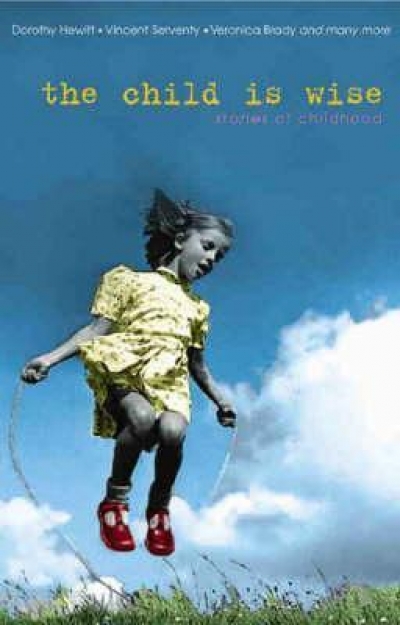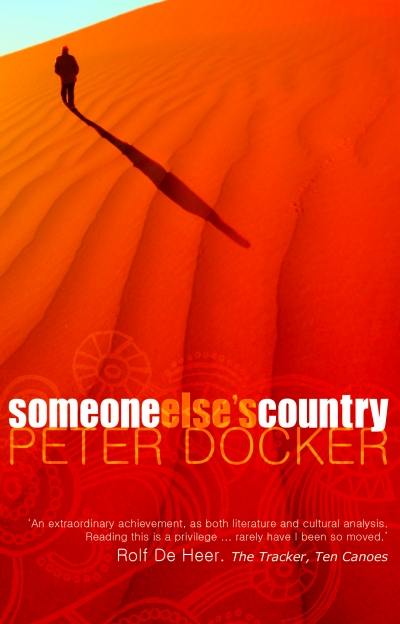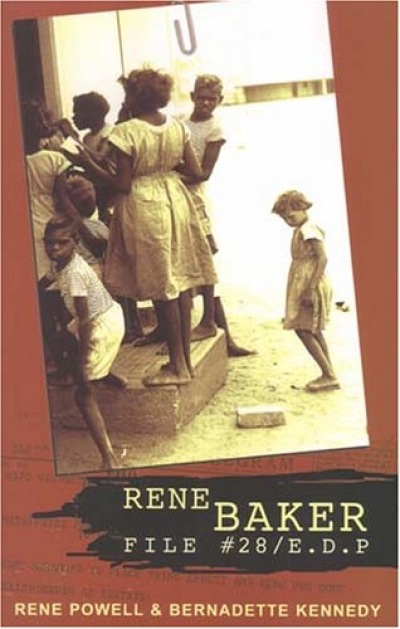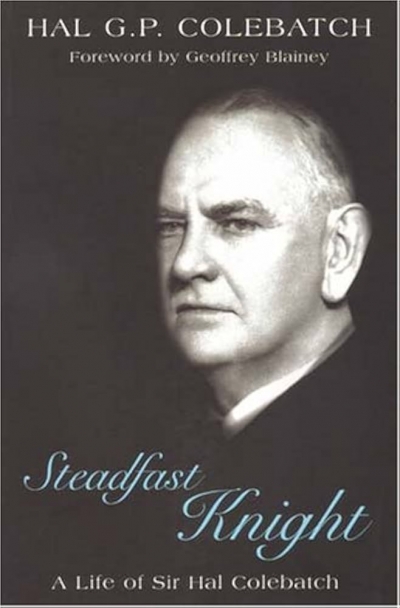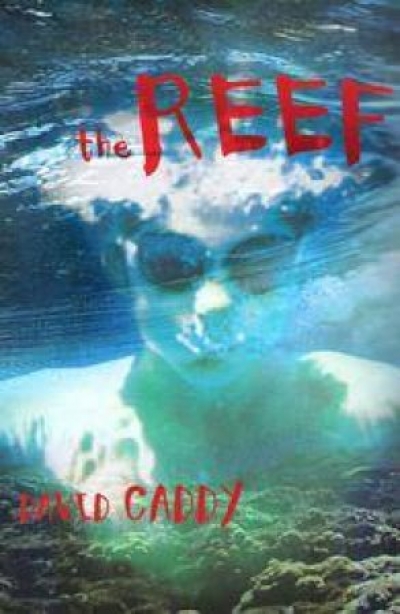FACP
Kilroy Was Here by Kris Olsson & Desperate Hearts by Katherine Summers
RENE BAKER FILE #28/E.D.P. by Rene Powell and Bernadette Kennedy
Steadfast Knight: A life of Sir Hal Colebatch by Hal G. P. Colebatch
These titles are aimed at a primary school readership, yet there’s a wide gap in both ability and life experience between the emerging readers at one end and the almost-teenagers at the other. Some novels successfully bridge that gap, but I’m not sure The Reef (FACP, $14.95 pb, 128 pp) is one of them, despite the publisher’s classification that this is ‘for children aged 8–12 years’. It is certainly an exciting story of suspected murder and missing silver coins, but consider some elements of the plot: Tom, the young protagonist, is menaced and harassed by two nasty out-of-towners who threaten him with death and so terrify him that he has nightmares; while swimming, he’s pursued and threatened with a speargun; later, he’s assaulted and kidnapped, a sack is tied over his head, and he’s taken out to sea and thrown overboard in the expectation that he’ll be battered to death on the reef.
... (read more)
